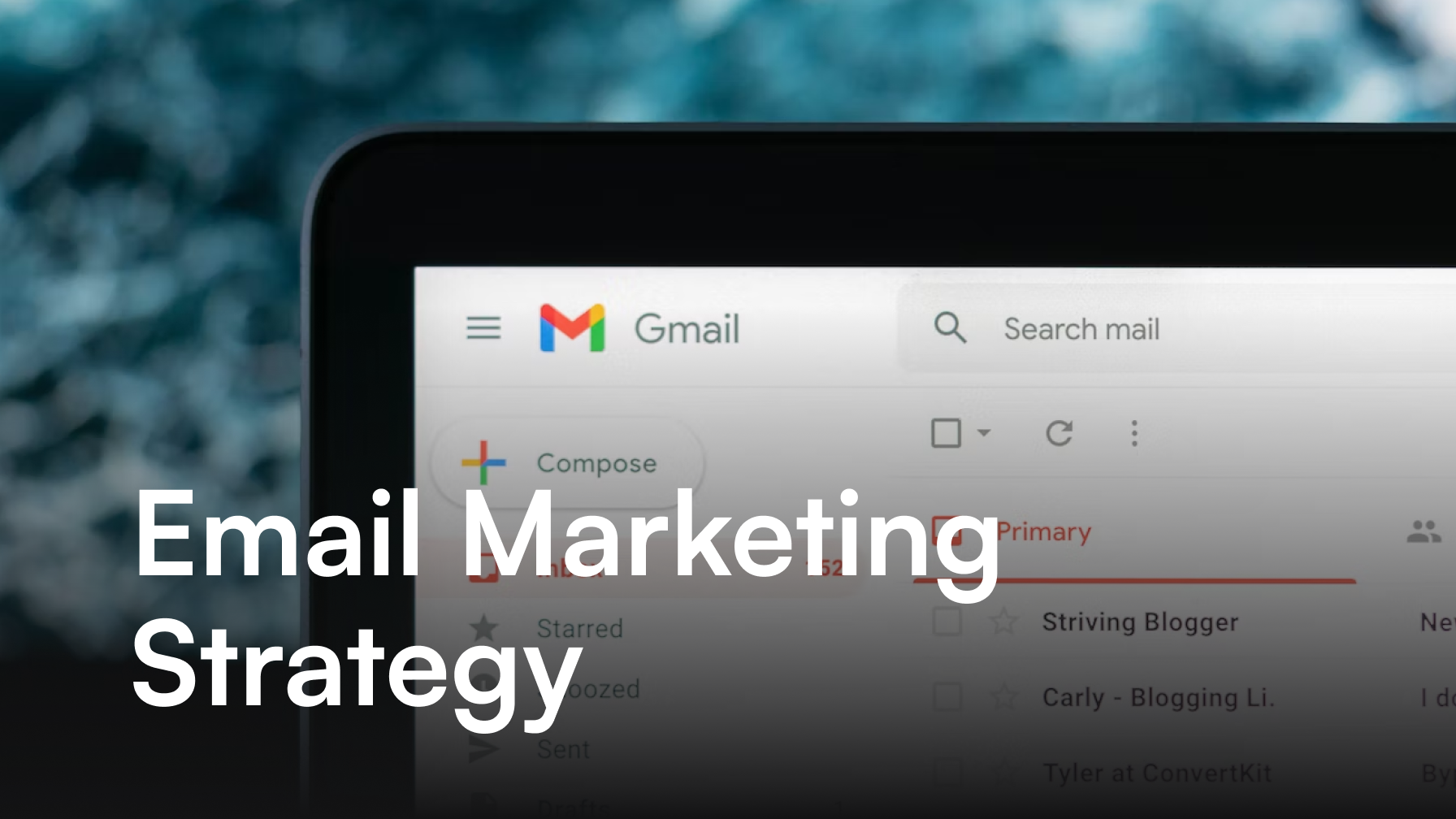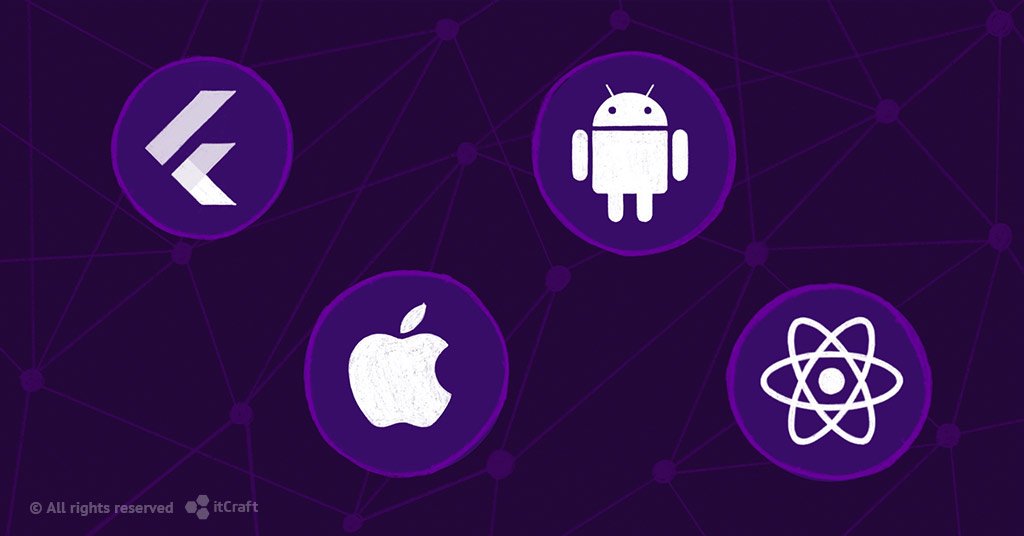Email Marketing Strategy: How to write email copy that sells

Alexa Trachim

Jakub Turkowski

Email marketing is a cost-effective and relatively easy way to grow your business – but it’s the copy that makes all the difference. Along with the email subject lines, the preview and the first few sentences of your email copy is the first thing your potential customer will see. It’s important to make a good first impression. There are several things to be aware of when preparing and executing your strategy. We’ll talk about them in this article, get yoursel ready to know all the email tips needed to write copy – a compelling one, that will reach your target audience.
If you want your emails to be read, clicked or be opened at all, you’ve got to send messages that will stand out in a crowded inbox. Only this way the email marketing campaign will support all your marketing efforts. After all, email is one of the most powerful online marketing channels that can help you build relationships with your audience and, as a result, make more sales. Whether you are at the beginning of your email marketing journey or you want to improve your existing strategy, read on. You will learn a lot about writing, editing and boosting your email copy to make it more appealing and sales-worthy.
7 tips for writing email copy that sells
Email copywriting is an art – you have to go the extra mile and creat a copy that sells. It’s something that most marketers struggle with. In other words, it’s not an easy task to write copy that combines actionable language, helps establish a personal connection, and get your recipients move to the landing pages. The tips we share below can be used in any type of email: from a welcome message to order confirmation or discount offer. The only thing you have to do is adjust the text to tell the reader why you are reaching out to them. The email should also correspond with your brand’s communication strategy. Still, we think these rules are quite universal and can apply to all email marketing strategies.
Start with a good subject line
Your subject line and preheader text (the small snippet that shows after your subject line in many email clients) are your first chance to catch the eye of your potential client. Make them engaging and interesting enough to make the reader open the full message. According to Finances Online, 64% of recipients decide to open emails based on the subject line. Moreover, 69% of readers report emails as spam based solely on the subject line. As you can see, the title of your email carries enormous power. Thus, you have to choose your words wisely to make sure the title directly addresses the second person.
How to create those magical first words to make an excellent first impression? Here’s our advice:
- personalize them with a name or another data from their profile. Such action in email copywriting can increase the click throughs by even 50%,
- keep them short and specific. Ideally, 6-10 words (or 40-60 characters). Emails with subject lines above 20 words have only a 9% open rate,
- use emojis. Research shows that emails with emojis in the subject line are opened twice more often than those without them – using emojis is a great example of smuggling emotions into marketing copy.

Be relevant to your reader
Never email about something that isn’t of interest or use to them. The way you tackle this is by understanding who your specific audience is. What are their characteristics? What do they like or dislike? What are their needs? Once you know this, you can use copywriting to inspire them and get them excited about what you’re offering. Great email copy that sells gets your respondent to the next point – this is how you do it in the email world, you have to creae helpful content, that solves a problem or a need. It’s about getting someone to perform an action (i.e., getting to your landing page). Always check for unnecessary words in the body copy. It is especially crucial when you create marketing copy targeted to prospective customers.
Here are a few tips for writing copy that’s relevant, compelling, and persuasive:
- be conversational – knowing how to speak with your reader helps make your email more meaningful, however, keep the message short – world class copy that sells is not about creating a long story,
- be personal – be genuine and show your personality in the way you write This will help build trust with your readers and make them feel like they know you better when receiving the email – you can think of a personal anecdote,
- be specific – include as much detail as possible so your readers know exactly what people can expect when buying from you. Start writing and establish relevancy – then check if you can delete certain words that have a negative impact on the body content,
- be consistent – stick with the same tone of voice throughout the email, so it feels like a cohesive piece of content rather than individual pieces that have been thrown together at the last minute. Concise copy that sells is the most valuable asset in email writing.
Get to the point and make it clear
In the early days of email, writers were often encouraged to compose them more like traditional letters. There would be a salutation, such as “Dear XYZ,” and then a vast amount of text without any spaces between paragraphs. Overall message of that kind does not work these days. Email marketing copy that sells should be written in other form.
These days, email marketing is more sophisticated. While some businesses still send out mass emails that look like personal letters, many have learned the secret to good copywriting: it’s all about the audience. Your readers probably don’t have time to read wordy essays on your product or service. They want you to be specific. And you need them to go through all the copy and to perform a specific action (i.e., visit your website).
Ask yourself: what is your main goal for the email? Do you want readers to buy something? Visit your website? Download a guide? Share content on social media? Do they search for a specific case on a blog post? Do they seek information about a product launch? Make sure that intentions are clearly stated so readers know exactly what they’re supposed to do. Then, help your readers find the parts they are looking for (like a CTA button or a link) quickly and easily. Also, you should try to achieve only one goal with one message – do not ask for several things in one email. Go the extra mile and conduct original research to find out what your target audience needs – email copy should be the answer to the need and also contain a call to action in active voice.
Remember that your email marketing copy should be clean and easy to read. The best way to keep an email concise is by using simple language and avoiding clutter, such as lots of images or long blocks of text. Instead, stick with one idea per paragraph and break up the text with bullet points or numbered lists wherever possible. A great email marketing copy that sells delivers only relevant information and does not confuse or distract the readers.

Write for humans, not machines
One of the most important things to remember here is that your readers are human beings – not just a set of numbers on a screen. Don’t write like your only agenda is to sell stuff to them. Write with empathy and compassion, as if you were speaking to them in person. Remember to use more active voice than passive in your sentences. Email copywriting is not about presenting your products or services, it’s about showing the email recipients (or email subscribers) that you have what they need. Include call to action but avoid being pushy.
Include an emotional angle in your content. It doesn’t have to be dramatic or exaggerated. It just needs to be authentic and sincere. Your readers will appreciate the effort because it will make them feel special – like they aren’t just another one of your customers. Remember that emotions are powerful motivators for people, so if you can tap into them effectively in your content, it will go a long way toward encouraging people to respond to your CTA.
Proofread with another person
Before you hit the send button, proofread your email copy with another person – preferably someone with a fresh perspective. They can help you spot any last-minute typos or errors that may be hard to catch on your own. You can even ask several people to take a look. They might spot parts that are hard to read and show you how to improve the general vibe of your message to be more reader-oriented. If subscribers find errors in the copy, it’s more likely that they stop reading (and don’t even open your email in next campaign).
If you don’t have anyone available to proofread, wait a day and go back to your email to check it out once more. Usually, when writing a text, you see it so many times it’s hard to detect some mistakes. Getting back to it after 24 hours will help you pay attention to the details again. It’s one of the most useful email copywriting tips.
Format your email to make it pop
The combination of colors and fonts you use can have a significant impact on how engaging your emails will be. The best way to find out what works is by testing various combinations and seeing which one gets higher click-through rates. Remember to keep it faithful to your branding so the reader knows the email is from your company as soon as they open it. It’s especially vital if you write to a new subscriber.
Formatting is crucial to making your copy easy to read. Instead of sending exhausting blocks of text, divide them into paragraphs, bold the most important points and create lists. Your potential customers will have a chance to scan through the message and find the most crucial information right away. Also, you can use images, as they draw attention and help break up long pieces of text. However, don’t overdo it. Too many pictures can disrupt the key message of your email campaign. Email copywriting is about getting the message to recipient, not showing an ‘eye candy’ story.
Test a couple of versions
You need to figure out what kind of messages get the best results. That’s where A/B testing (also known as split testing) comes in handy. It’s a way of experimenting with two versions of something – in this case, your email message – and seeing which one performs better. It requires a little bit more time and effort than simply sending the same message over and over, but the results can be spectacular when you find the appropriate combination of the subject line, design, and offer.

The easiest way to perform such tests is to prepare two versions of the same email campaign that have one element changed. For example, your CTA button can be placed in the middle of your copy or closer to the end. You can change the text on it (e.g., “click here” vs. “download now”), its size or colors. Also, you can test two different lines (subject) and see which one is more clickable with a higher open rate factor. The possibilities are countless but remember not to test too many variations at once. If you send A/B emails that are completely different from each other, you won’t know what caused better conversion rates.
To sum it up
While the tips outlined in this article are based on best practices and industry knowledge, there are no unbreakable rules to follow. Email copywriting is also about experimenting, however, keep in mind all the tips – they will help you start. If you keep the basic principles in mind as you write your emails, you will more likely increase your sales and build long-term relationships with your customers.
Whether you’re doing an introductory email or a follow-up, the main objective is the same: get users to take the desired action (i.e., visit your website). The more persuasive you are, the better. The best advice we can give you is to start by making a list of all the things that your subscribers are interested in, as well as what they want to hear about. Then, it comes down to writing compelling copy around those topics and keeping your reader in mind at all times. Is there a sale going on? Include it. Has the weather been great lately? Mention it. The more personal you make each email, the more likely people will take action, so always be sure to include them and their needs in the mix.
If you are a business owner with a software product to promote or want to create the next hit solution within your industry, you will need a thought-through marketing strategy, including email campaigns. We can support all of your needs, from product design and development to creating a plan to conquer the world with your digital product. Reach out so we can discuss your project and make it a reality!




